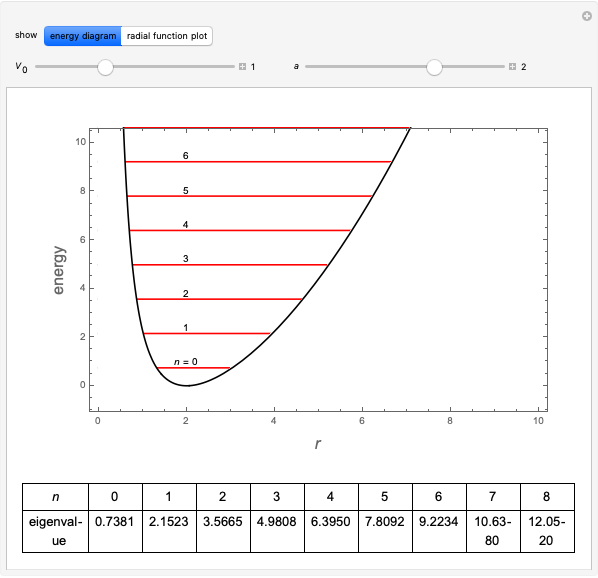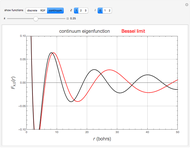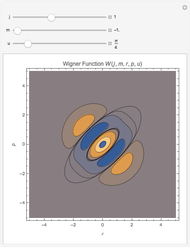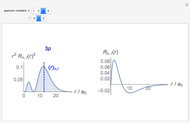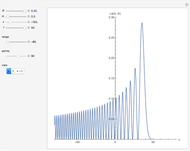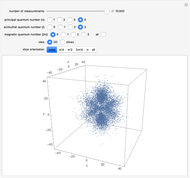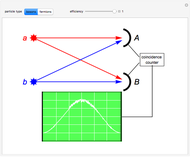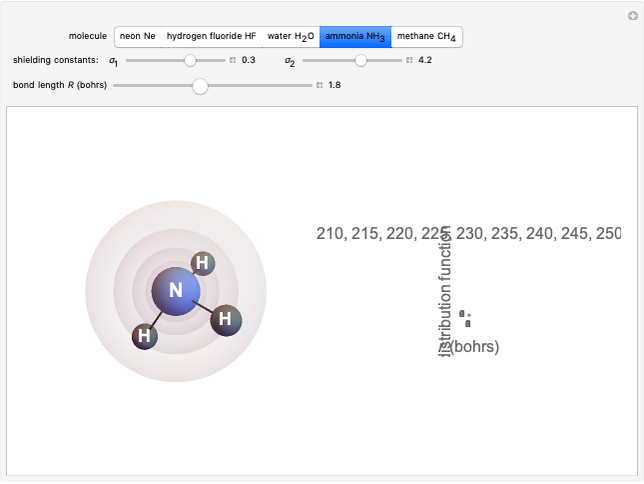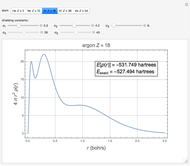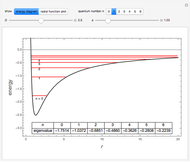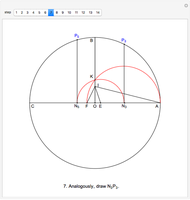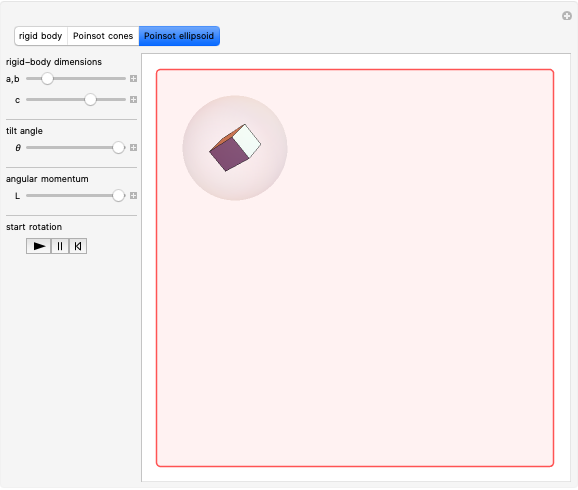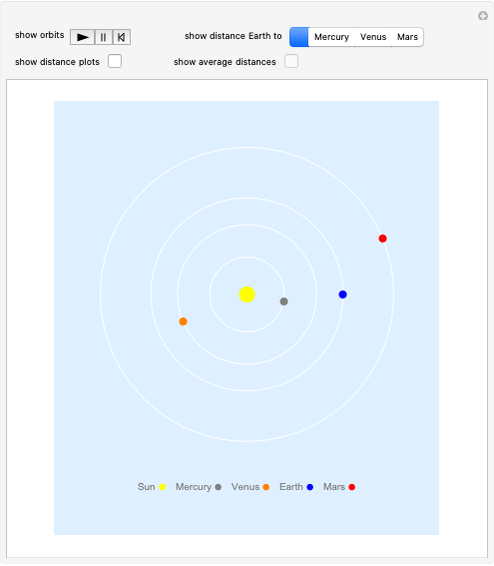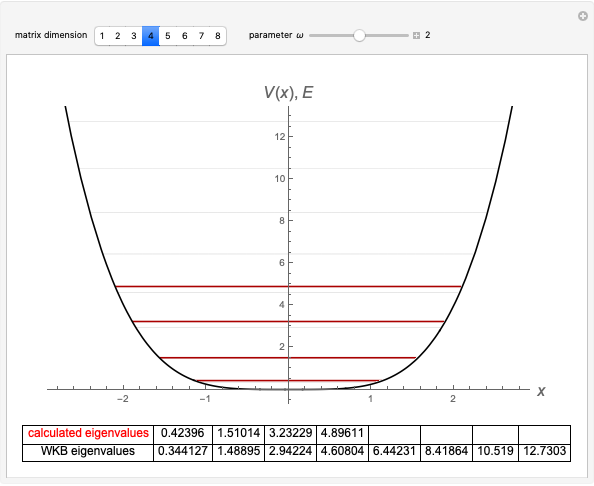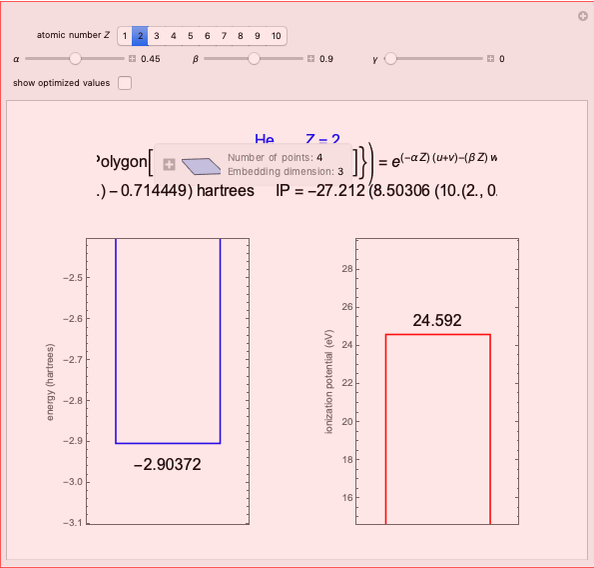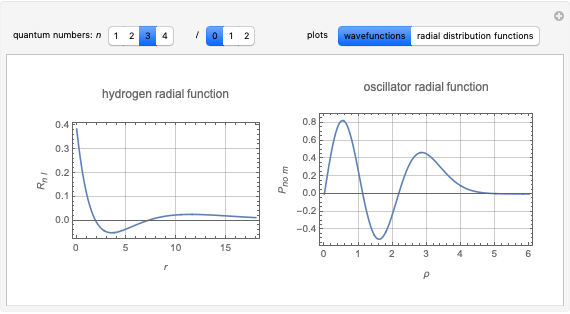Exact Solutions of the Schrödinger Equation for the Kratzer Potential

Requires a Wolfram Notebook System
Interact on desktop, mobile and cloud with the free Wolfram Player or other Wolfram Language products.
The Kratzer potential  was originally intended to approximate the interatomic interaction in diatomic molecules [1]. This has long since been superseded by superior alternatives, such as the Morse potential. However, the Kratzer potential belongs to the small number of problems for which the Schrödinger equation is exactly solvable, and is thus of intrinsic interest. The solution is outlined in the Details below.
was originally intended to approximate the interatomic interaction in diatomic molecules [1]. This has long since been superseded by superior alternatives, such as the Morse potential. However, the Kratzer potential belongs to the small number of problems for which the Schrödinger equation is exactly solvable, and is thus of intrinsic interest. The solution is outlined in the Details below.
Contributed by: S. M. Blinder (June 2019)
Open content licensed under CC BY-NC-SA
Details
The Schrödinger equation for the radial function  , in the case of zero angular momentum, is given by
, in the case of zero angular momentum, is given by
 .
.
The eigenfunctions for bound states are found to be
 ,
,
where  is a Whittaker function,
is a Whittaker function,

and
 .
.
The quantization is determined by the condition that the eigenfunctions must approach 0 as  . The asymptotic behavior of the Whittaker functions is given by [2]:
. The asymptotic behavior of the Whittaker functions is given by [2]:

as  .
.
Clearly this is divergent as  , unless the parameters
, unless the parameters  and
and  produce a singularity in the gamma function of the denominator, which requires
produce a singularity in the gamma function of the denominator, which requires
 ,
,
with  .
.
The corresponding eigenvalues are thereby determined:
 .
.
References
[1] A. Kratzer, "Die ultraroten Rotationsspektren der Halogenwasserstoffe," Zeitschrift für Physik, 3(5), 1920 pp. 289–307. doi:10.1007/BF01327754.\:202c
[2] "Section 13.19 Asymptotic Expansions for Large Argument." NIST Digital Library of Mathematical Functions. (May 10, 2019) dlmf.nist.gov/13.19.
Snapshots
Permanent Citation










